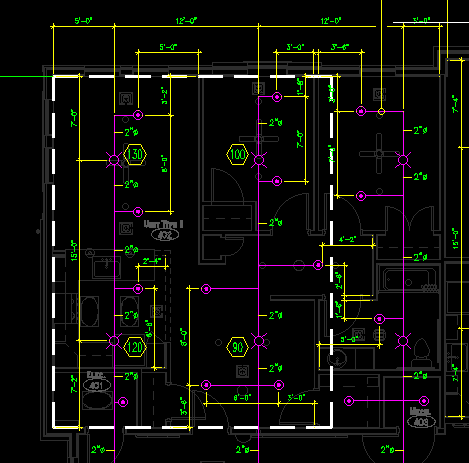EJP-21
Mechanical
- Apr 27, 2020
- 25
Hello,
I am working on a project of a 4 floors of residential apartments with combustible concealed spaces.
the height of the concealed space is 22 in. and is made of wood that is why i provided it with upright heads with 5.6 K-factor. And below are pendent heads for the apartment.
Now im not sure what hydraulic area i must use,
can i still use the hydraulic area of the 4 most demanding heads?
am i gonna calculate for the concealed spaces?
Thank you guys in advance.
Attached pic is what i initially did. calculated 4 most demanding heads at the concealed space.

I am working on a project of a 4 floors of residential apartments with combustible concealed spaces.
the height of the concealed space is 22 in. and is made of wood that is why i provided it with upright heads with 5.6 K-factor. And below are pendent heads for the apartment.
Now im not sure what hydraulic area i must use,
can i still use the hydraulic area of the 4 most demanding heads?
am i gonna calculate for the concealed spaces?
Thank you guys in advance.
Attached pic is what i initially did. calculated 4 most demanding heads at the concealed space.

